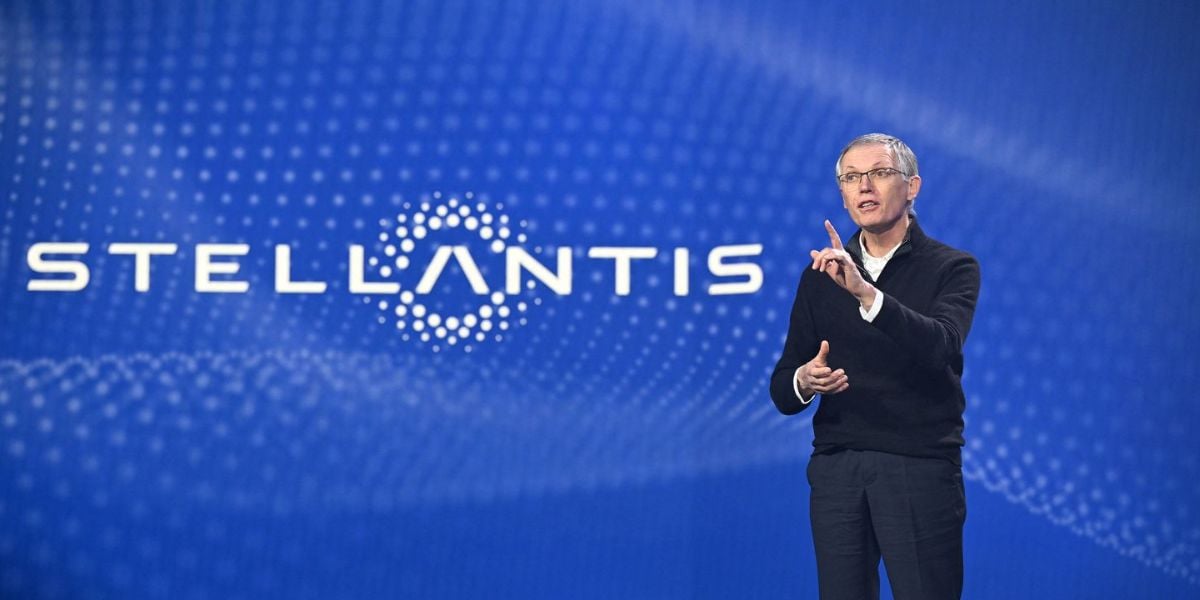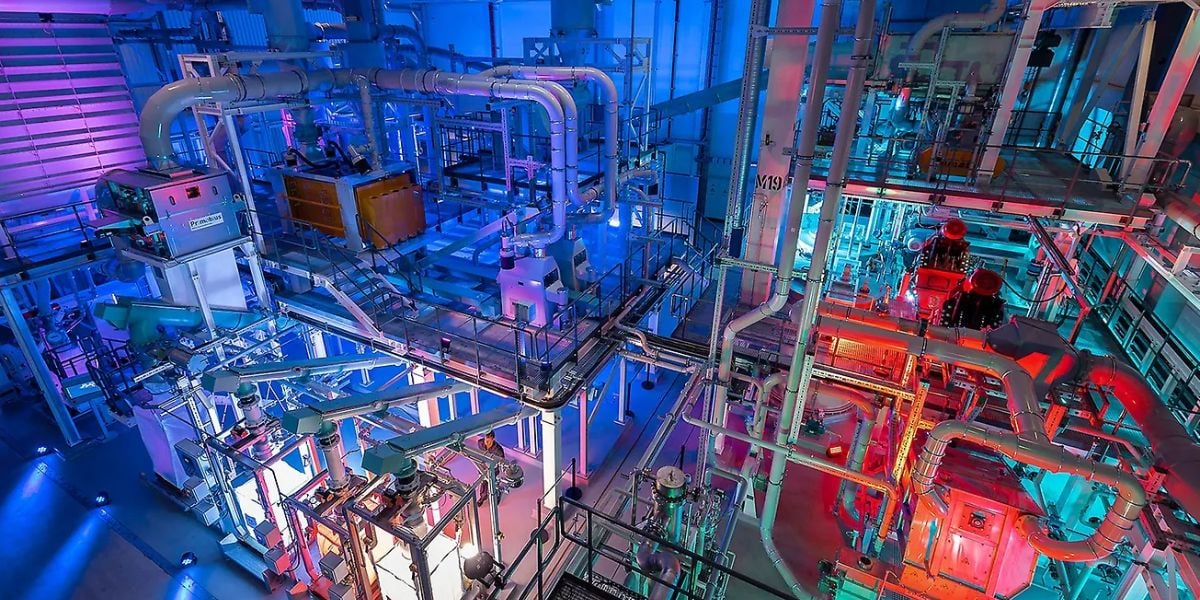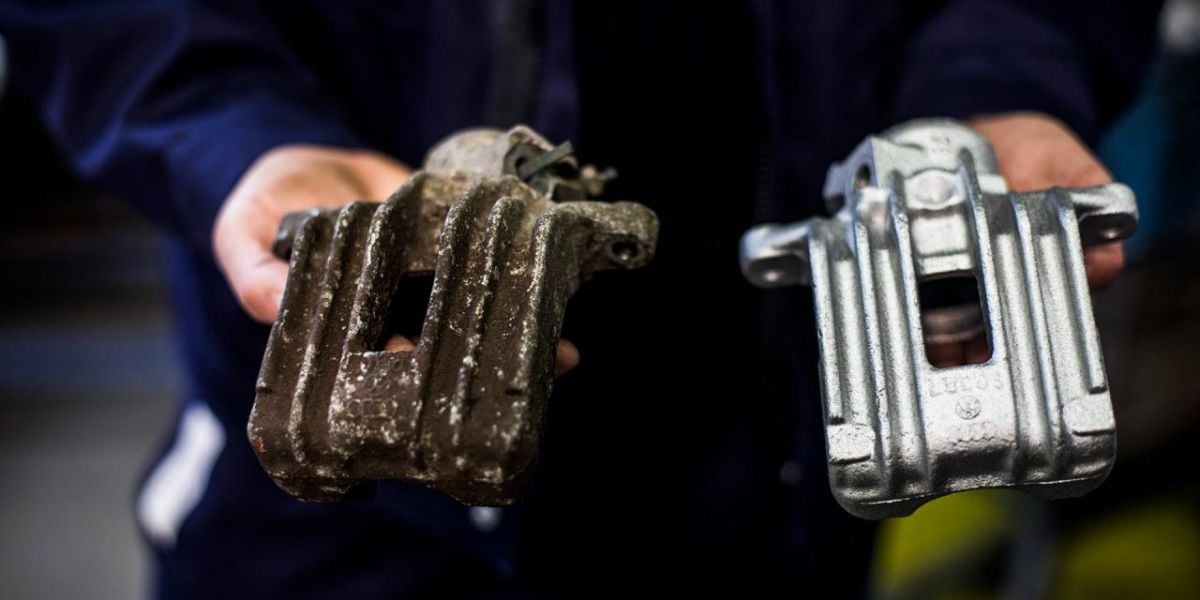Home wallbox-box ev chargers
In nearly every region, Level 2 AC chargers—at 240 V single-phase or three-phase—have become the standard for residential use. These typically deliver 6–12 kW (25–50 A), offering a full overnight charge in 4–10 hours. Globally, hardware costs range from around $300–600 (China), $500–800 (North America), and €400–700 (Europe). Installation varies widely—from as little as $500 up to $2,000 in the U.S., CAD 800–2,500 in Canada, £300–1,000 in the U.K., €500–1,500 in Germany, and similar levels in France, Australia, and other advanced markets.
America and Asia
In the U.S., the most popular units today include the ChargePoint Home Flex, offering up to 50 A (12 kW), Wi Fi, scheduling, and load management; the Tesla Universal Wall Connector, delivering ~48 A (~11.5 kW); and the Autel Home Level 2 and Juicebox 40, each with smart controls in the $350–600 pre-installation price range. Including electrician installation and permit fees, homeowners typically pay $1,000–4,000, though a 30% federal tax credit and local rebates often reduce net cost to around $1,050–2,800.
Canada follows similar trends, with Level 2 hardware around CAD 600–1,200 and installation CAD 800–2,500. The federal incentive covers up to 50% of costs (max CAD 5,000), making the net outlay remarkably affordable—often under CAD 1,500.
Australia mirrors North American patterns, with Level 2 hardware at A$800–1,500 (7 kW) and stronger 11–22 kW chargers priced A$1,500–3,000. Installer costs depend on complexity (A$600–4,000). Emerging bidirectional units total around A$10,000 installed, but they promise annual savings through backup power use.
China focuses on cost leadership: Level 1 units at $100–200; Level 2 at $300–600. State-owned giants (State Grid, BYD, Huawei) and local incentives ensure widespread adoption, though many units offer simpler features, moderate power, and use local app ecosystems.
Japan and South Korea favour premium chargers at ¥100,000–200,000 (~$900–1,800), integrating load-sharing, solar compatibility, and robust control. India is still emerging; Level 2 chargers cost $300–600 but often lack smart features due to cost control.
Europe
In Europe, sophistication surges. Home units typically in the 7–11 kW range cost €400–700, with installs at €300–1,200. Countries like Germany support 50% of purchase and installation costs (up to €900), while France grants €960–1,160 for residential setups. The U.K. discontinued its £350 grant for homeowners but retains support for landlords and apartment dwellers; units are bundled with installs at £600–1,100 for a 7-kW box.
Standout models in Europe are the compact Wallbox Pulsar Plus (up to 22 kW, Wi Fi/Bluetooth), the Tesla Wall Connector Gen 4 at 22 kW, rugged ABB Terra, and solar-integrated Zappi V2.1. In Scandinavia, high adoption of bidirectional tech—like Wallbox Quasar, Zappi, and Norway’s Easee and Zaptec—reflects solar+powershare ambitions. These units cost €700–1,500, with some models delivering 11–22 kW and enabling V2H or V2G functionality.
Globally, Level 1 units—standard 120 V or 230 V plugs—are limited to trickle charging (2–5 mph). Common only in low-use cases and developing markets. They cost as little as $100 in China or €100–250 in Europe, but lack speed and convenience.
Bidirectional chargers represent 2025’s cutting edge. Ford’s Charge Station Pro ($1,300 hardware; $5,000–10,000 infrastructure) and GM’s PowerShift + V2H kit ($1,600 + $5,600 kit) enable F-150 Lightning and Chevy Silverado EV owners to shed power back to homes. Autel’s upcoming MaxiCharger DC V2X (~$3,000–4,000, 12 kW) will bring bidirectional to non-Tesla and non-Ford vehicles.
Connector standards follow regional norms: North America typically uses SAE J1772 or NACS; Europe favours Type 2 with CCS2; Japan and Korea include CHAdeMO.
An essential factor
Cost of home electricity is another major factor. In Switzerland, installing an L2 box cost around CHF 1,600–2,800 in 2024, with home charging at ~38 Rp/kWh, while public superchargers hit ~39–44 Rp/kWh. Luxembourg homeowners report average home charging rates of €0.16–0.20/kWh. Elsewhere, home EV rates hover from $0.05/kWh in Sweden to $0.14/kWh in Canada and $0.10–0.20/kWh in California.
Summing all this up, home wall box chargers are smart, powerful, and tailored to regional electricity systems. Costs are converging, thanks to incentives that often halve purchase/install prices in Europe and parts of North America. The hottest tech—bidirectional V2H/V2G, solar integration, load balancing, compact aesthetics—is mainstream in advanced markets like Scandinavia, Germany, and California.
Europe, America and Asia, a matter of quality, tax credits and costs
So, while a mid 2025 European homeowner might spend €400–700 on hardware + €300–600 install (net cost often under €1,000 after subsidy), their American peer will spend $550–800 plus $500–1,500 in install, reduced by federal tax credits to around $1,000–1,800.
In China, homeowners can get Level 2 for under $600, though quality may vary; in Australia similar deals exist, but the full-featured bidirectional option comes at a premium (~A$10k). In less advanced markets like India, basic Level 2 chargers cost $300–600 but often lack smart features, with mainstream adoption still ramping up. Now, the choice of wall-box reflects both local infrastructure and homeowner priorities: whether they want the cheapest viable unit, maximum speed, smart home integration, or future-ready energy management through bidirectional tech.
Share your remanufacturing stories with us
Do you have an innovation, research results or an other interesting topic you would like to share with the remanufacturing industry? The Rematec website and social media channels are a great platform to showcase your stories!
Please contact our Brand Marketing Manager.
Are you an Rematec exhibitor?
Make sure you add your latest press releases to your Company Profile in the Exhibitor Portal for free exposure.



